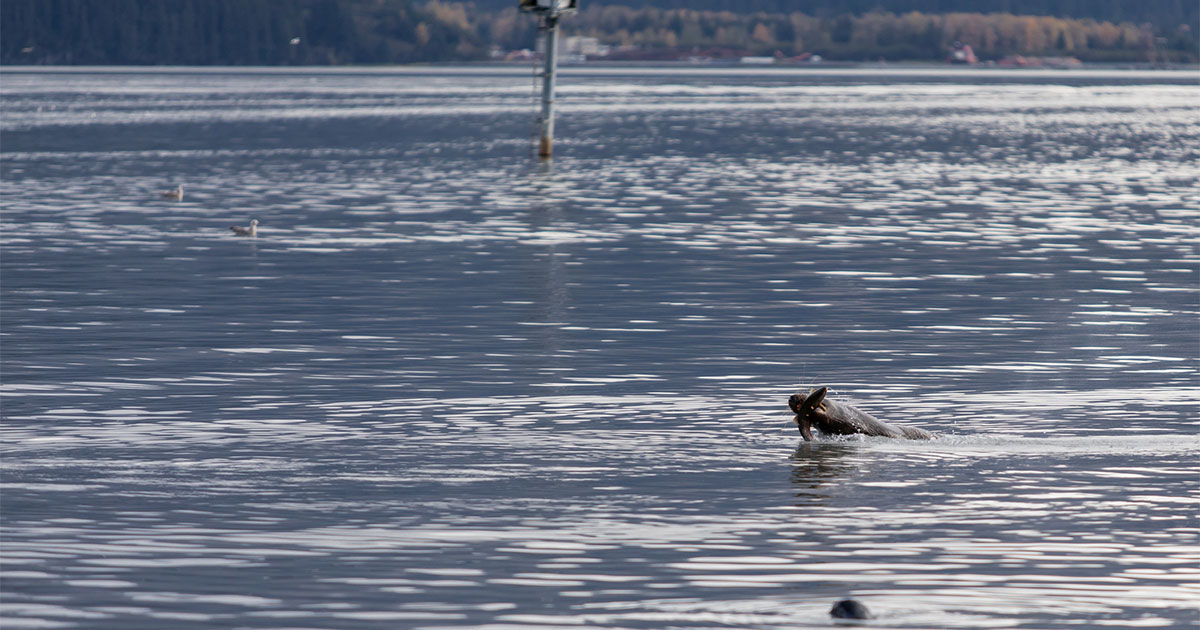Coastal and Indigenous communities rely on healthy ecosystems and sustainably managed fisheries for their livelihood.
Collaborating with external partners from Indigenous groups and industry on science projects is key to broadening our understanding of the potential impacts seals and sea lions have on Canada’s fisheries and ensuring management decisions are informed by the best available advice.
The Minister of Fisheries, Oceans and the Canadian Coast Guard, the Honorable Diane Lebouthillier, announced over $643,900 in funding to Indigenous groups, industry, and academia for three seal science projects in eastern Canada and one sea lion project in western Canada. The projects will examine seal and sea lion diets, abundance, and distribution to help us better understand the role these species play in our aquatic ecosystems.
These four projects are the result of the open call for proposals the Department launched during the Seal Summit last fall.
The Honorable Diane Lebouthillier, Minister of Fisheries, Oceans and the Canadian Coast Guard said:
“Having experienced this reality up close in my region of Gaspé and Magdalen Islands, I know for a fact that seals eat the bread and butter of our fish harvesters. That’s why our government is dedicated to collaborating with Indigenous partners, industry, and academia to gain a better understanding of how seals contribute to our ecosystems, while also supporting the growth of Canadian seal products market and scientific research.”
Dr. Tyler Eddy, Research Scientist, Fisheries and Marine Institute, Memorial University said:
“Harp seals have increased in abundance in Newfoundland and Labrador during the past decades. Our team is honored to receive this funding to investigate the ecosystem role that harp seals play in Newfoundland and Labrador food webs, their diet and consumption rates, and how their consumption of prey compares to fisheries removals for the same species. Our research will also evaluate scenarios of increasing or decreasing harp seal abundance with implications for their ecosystem role and impact on fisheries."
Alice Aiken, Vice President Research and Innovation, Dalhousie University said:
“Dalhousie’s ongoing collaboration with Fisheries and Oceans Canada plays a key role in empowering our researchers to pursue world-class ocean science that impacts the way we understand the ocean and develop policies to protect it. This project promises to provide important new insights into the ecosystems that support the success of aquatic life in the Northwest Atlantic.” Dr. Erin Carruthers, FFAW-Unifor Fisheries Scientist said:
"Fish harvesters’ on-the-water observations can and will contribute to an improved understanding of seal species’ distribution, behavior, and impacts to Newfoundland and Labrador marine environments. FFAW-Unifor is eager to launch our project next week that will not only document harvesters’ current on-the-water observations but will also, importantly, document harvesters’ knowledge of changing seal distributions and abundance over their fishing careers."
Kelly Brown, Director, Heiltsuk Integrated Resource Management Department said:
"We are excited for this opportunity to use western science and Indigenous knowledge to better understand the sea lion populations in our territory, including their diet and contaminant load. This is important work that will inform our management efforts to ensure a healthy, balanced ecosystem."
Quick facts
- In November 2022, Fisheries and Oceans Canada hosted the Seal Summit in Newfoundland and Labrador. The event brought together Indigenous partners, the commercial fishing industry, provincial and territorial representatives, and other stakeholders and experts to discuss opportunities to expand Canadian seal products into export markets, the importance of the seal harvest to Indigenous communities, and addressing gaps in data regarding seal populations.
- The Department continues to explore opportunities to work with stakeholders to further develop the market for Canadian seal products and advance its existing research on seals.
- These projects will incorporate seal observations from harvesters and First Nation traditional knowledge holders to examine current and historical distributions of seal populations.
- The projects will develop tools that we can use to better understand seal and sea lion diets and predict their impact on fish communities.



